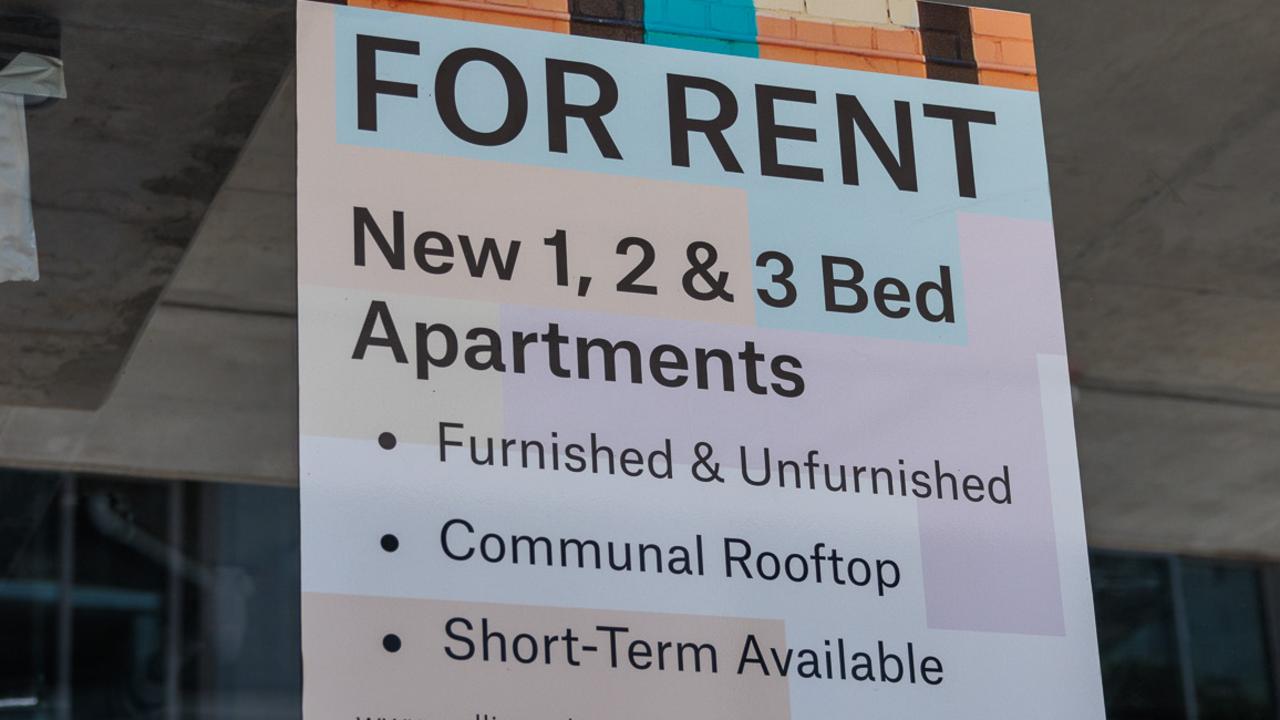Social Security Minister Christian Porter announces plans to radically alter Centrelink benefits
WAGGING school could get Australia’s kids into trouble with more than just their principal under radical plans to overhaul the welfare system.
MUMS and dads of children who wag school could have their Centrelink benefits stopped under radical new changes to Australia’s welfare system.
Social Services Minister Christian Porter said the country’s welfare system was broken and was overdue for an extensive overhaul during a landmark speech yesterday.
One of those changes, the minister has speculated, could see parents’ benefits linked to their children’s school attendance. If kids don’t turn up to class, their parents’ Newstart Allowance could be curtailed.
Mr Porter said linking payments to school attendance was “worth looking at” after the success of the ‘‘no jab no pay” policy, which withholds payments to families who fail to have their children vaccinated, The Daily Telegraph reports.
“There are other areas where, if you had the same stringency of design, it’s possible that you could have also very good results,” he said.
“I must say that one of them … is the linking of payments to school attendance.”
The ploy is straight out of the rule book of New Zealand’s “investment model” welfare system, which was massively revamped in 2012 and which the Australian Government is said to be running a fine tooth comb over.
If Australia adopts the Kiwi solution it will drastically overhaul how people access benefits. And one thing’s for certain — the Government is planning to get a whole lot more personal about how you live your life.
If you don’t measure up, your Centrelink benefits — like carers and jobseekers allowance — will be cut.
And taking a holiday while on benefits will be a definite no-no.
One of the first groups that could feel the winds of change are students.
Speaking at the National Press Club on Tuesday, Social Services Minister Christian Porter released a new study on welfare and said the Centrelink system was a failure.
“For too many people in the system money flows, nothing changes and lives are not improving.”
Social security currently costs Australia $160 billion a year, the equivalent of 80 per cent of the amount raised in income tax, said Mr Porter.
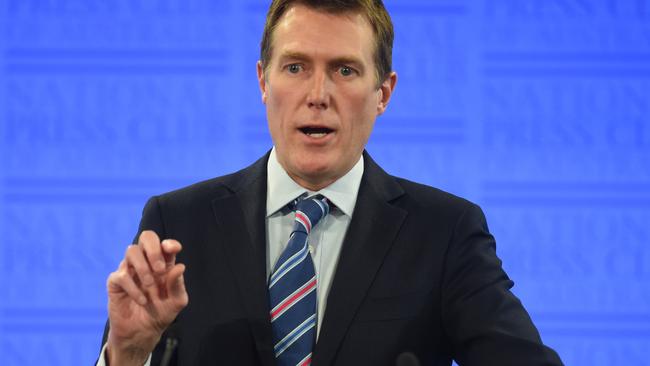
By 2026 that figure could rise to $277b annually while the lifetime cost of providing welfare benefits to just Australia’s current population will cost $4.8 trillion.
Across the country, 48 per cent of households were paying no net tax, the minister said.
“The situation where you have half, and potentially more, households drawing from the system than contributing to it is like a snake eating its own tail.”
The current system was an example of “intergenerational unfairness,” he said as tomorrow’s taxpayers paid for their own welfare as well as paying back the debt of the current generation.
There are three groups of welfare recipients who might want to look sharp, as they are the ones the Government wants to focus on first.
*Young carers: of which 16 per cent will never get off benefits costing $5.2bn
*Parents under 18 on welfare payments: 12 per cent will remain on welfare and a little under half will stay on benefits for at least 13 years, costing $2.4bn
*Students: 9 per cent will access income support for the rest of their lives costing $2bn.
All eyes are on New Zealand and its controversial reforms that have netted Wellington $12b in savings already. With NZ having a population five times smaller than Australia, you can see how the guardians of the Canberra coffers are salivating.
But critics say the poorest are the ones who suffer the most.
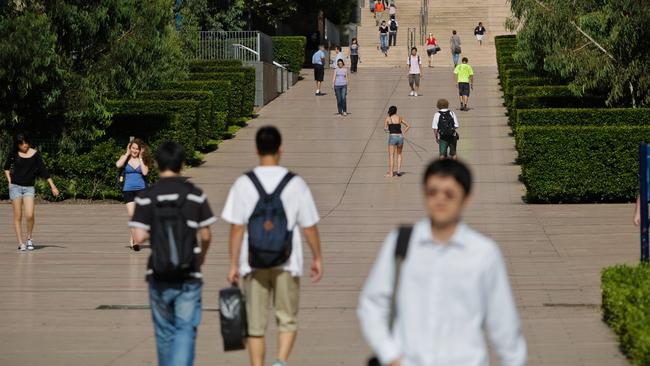
What does an“investment approach” to welfare mean?
It means you invest more in people you expect to be on welfare their whole lives and provide them with educational opportunities, counselling and job training from the start.
Young parents, for instance, might get help with childcare costs so they can study.
The idea being you support people early on but save money in the long run as they move off welfare.
How does the Government even know who’s going to be on welfare their whole lives?
He’s where it gets all a bit big brother. They know because of harnessing big data. Using modelling insurance companies have harnessed for years, the kiwis can work out what groups will have an increased “lifetime liability” and so focus on them. Groups such as, you guessed it, young parents, carers and students.
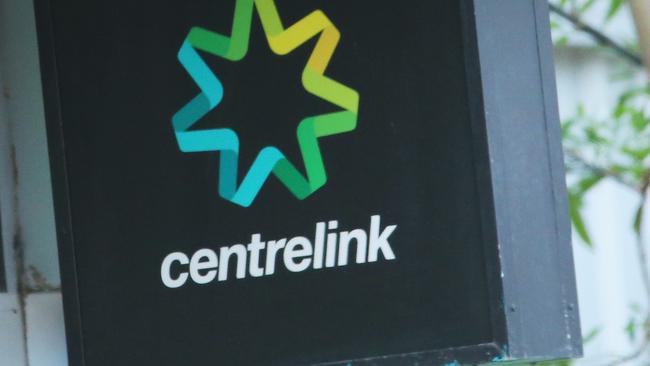
Sounds fair enough, but there’s a catch right?
Uh huh. Talking to the ABC, the architect of New Zealand’s welfare reforms, former social security minister Paula Bennett, said the approach was “a bit of carrot, a bit of stick.” Basically, the government will pay for you to get on the career ladder but if you don’t fulfil your “social obligations” you’ll be cut off.
“Social obligations”? They sound sinister.
These are the rules you need to follow to get your Centrelink payments. And there are lots of them.
If you’re an adult on benefits in NZ, you need to spend 30 hours a week looking for work; you need to take any job offered that is suitable; attend training courses and even pass drug tests. Wanting an overseas holiday? Don’t even think about it — this is breaking the rules.
And if you don’t meet your social obligations?
Say sayonara to Centrelink.
If you don’t take up an offer of work, that’s 13 weeks of payments forfeited. If you don’t pass two drugs test in a row, that’s another 13 weeks gone.
What about students?
Students are allowed to complete their courses but once they’re done they’re treated the same as any adult on welfare. To keep benefits, they have to treating getting a job as a job.
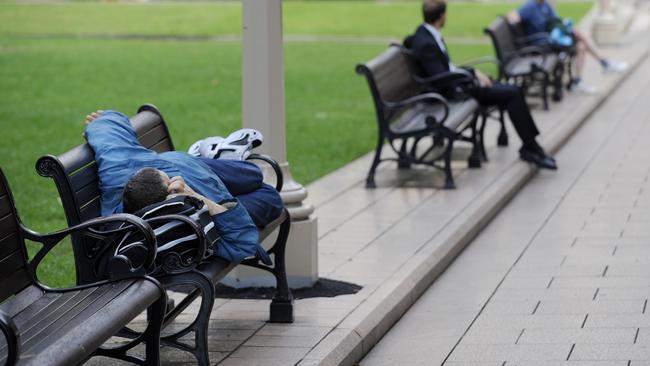
What’s Australia’s plans?
First up, Minister Porter said the Government would plough $98m in a “Try, Test and Learn Fund”. The details of this are a bit scant but Mr Porter said it was a “BYO ideas” pot of cash to encourage the non-Government sector, including private companies, to come forward with ideas to “transition people into employment”.
But does it work?
Depends how you look at it. Wellington loves the program due to the billions it’s saved. But critics aren’t so sure saying its main metric is simply moving people off benefits.
This can ignore the quality of work people are getting and the value of their unpaid work. For instance, a carer who now works part time in a low-paid job may need to access even more Government funding to pay for someone to help the person they care for.
Meanwhile, in Auckland, homeless rates are said to have skyrocketed as people who failed to meet their social obligations lost all their government support.
Will it happen in Australia?
Already a key crossbencher, Nick Xenophon, has thrown some suggestions into the ring saying Australian farmers struggling to find fruit pickers should be able to hire people on the dole.
But a wide ranging reform like this getting through a stable parliament in New Zealand is one thing, passing Australia’s almost hung parliament will be a whole other struggle.



